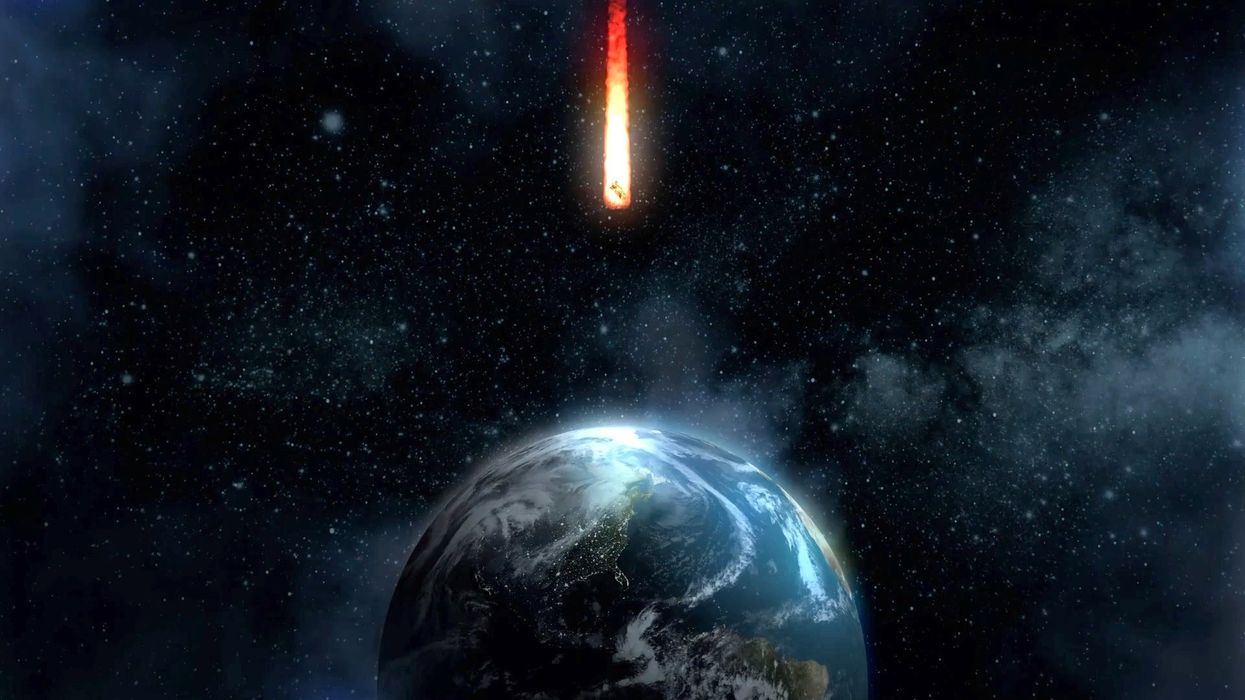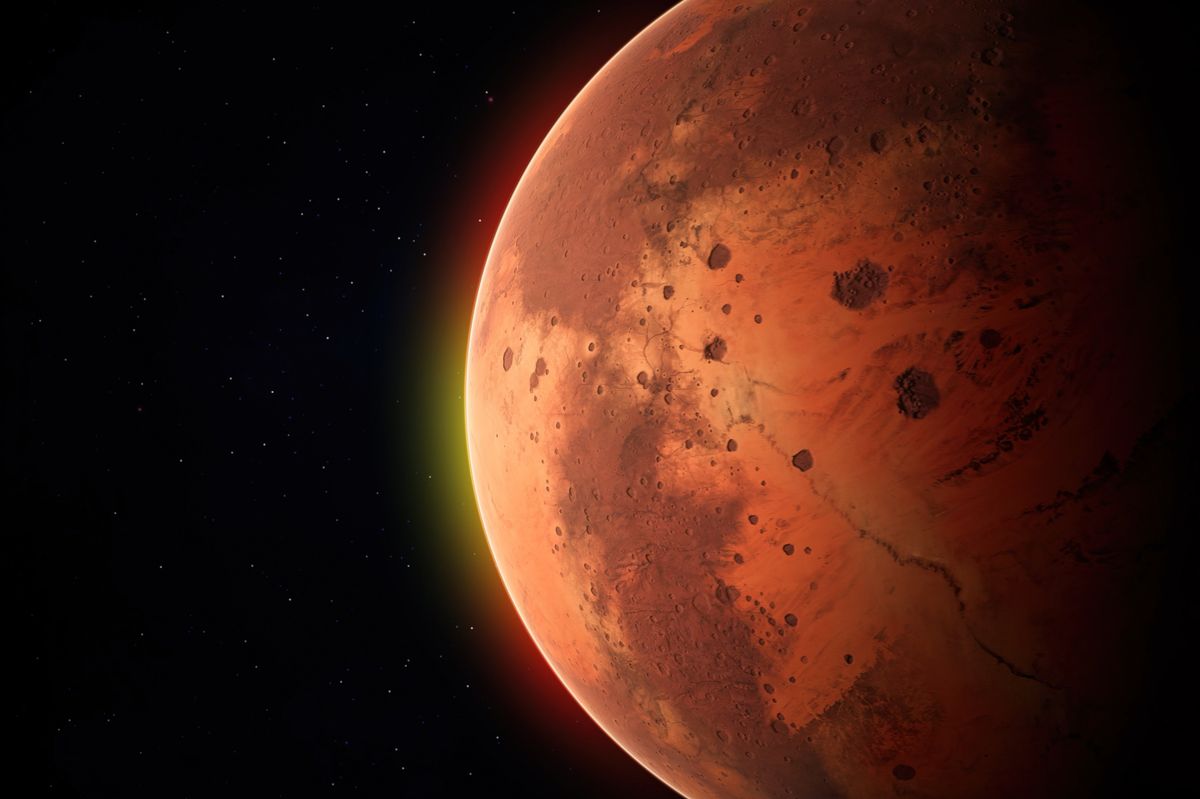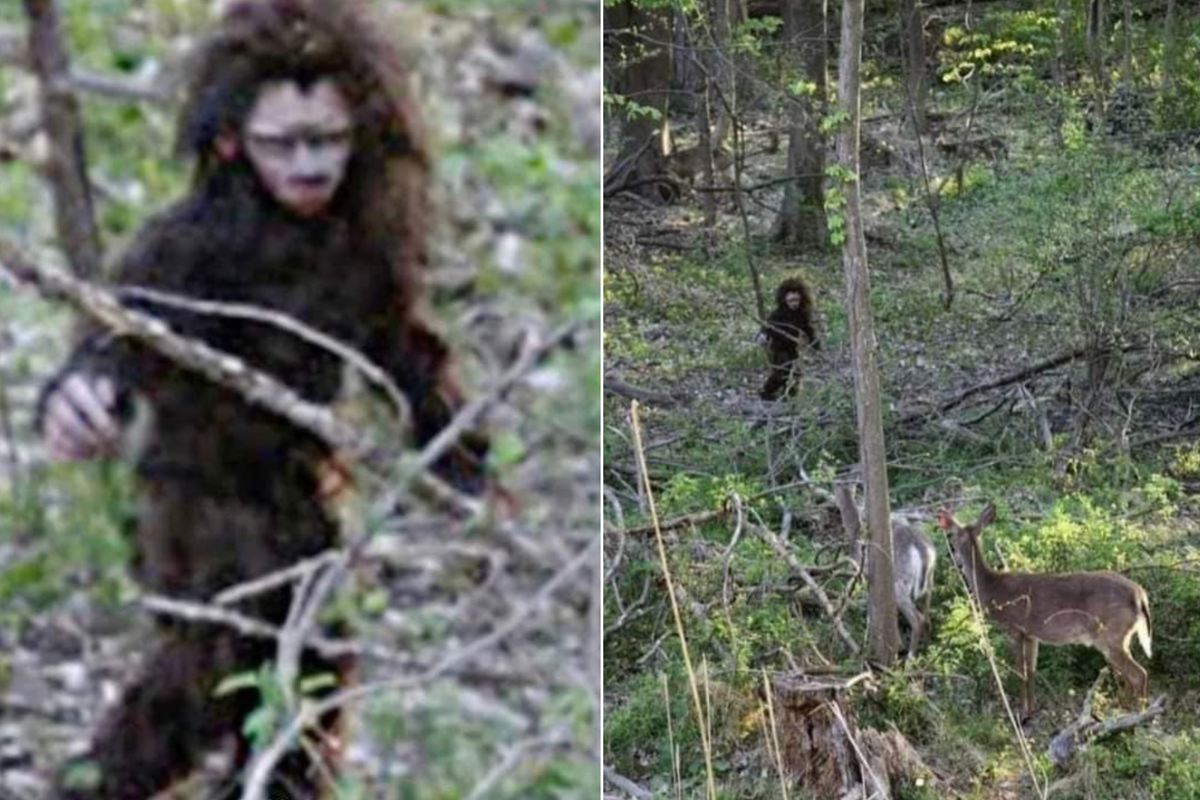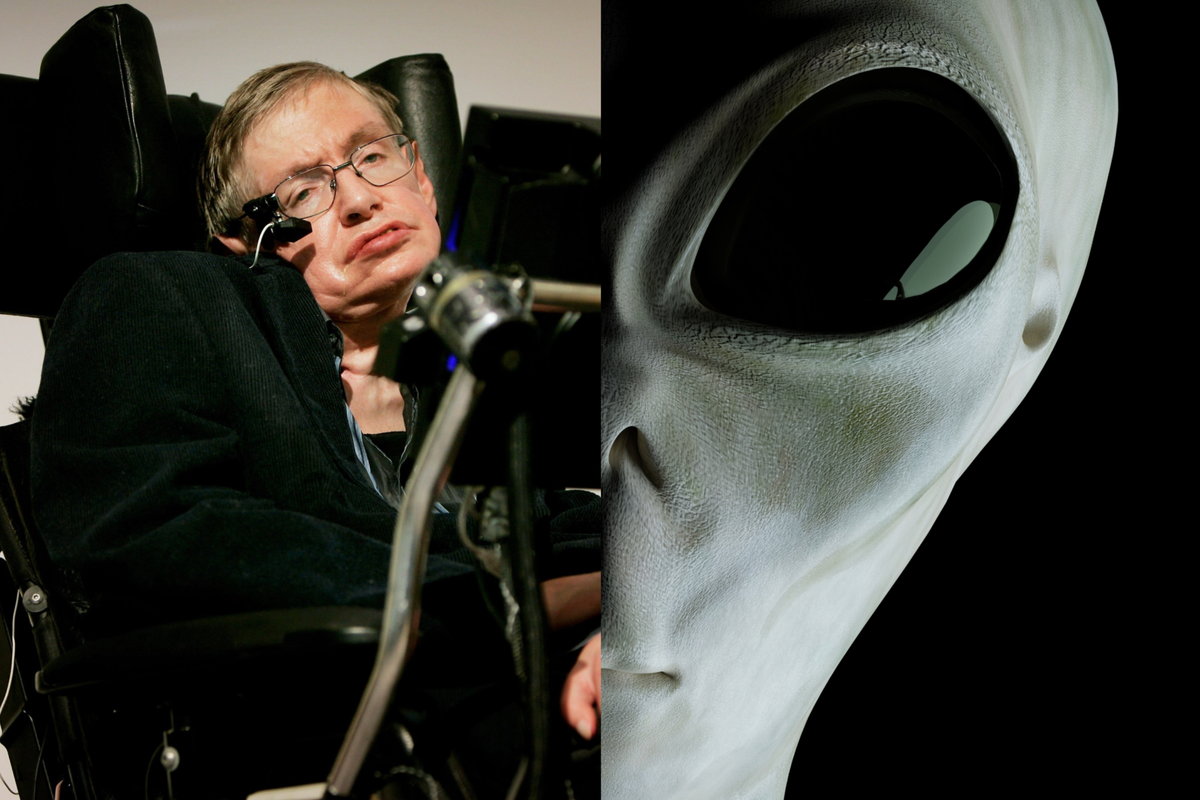Liam O'Dell
Dec 31, 2023
Related video: Here’s what would happen if we nuked an asteroid on a collision course with Earth
ZMG - Amaze Lab / VideoElephant
In the last month or so, several news outlets have reported that a previously ‘lost’ asteroid – given the rather catchy name of 2007 FT3 – could hit Earth next year, supposedly citing warnings from Nasa itself.
Except, it’s not as worrying as they would have you believe.
In fact, as a Nasa spokesperson told the Evening Standard: “There are no known asteroid impact threats to Earth at any time in the next century. Nasa and its partners diligently watch the skies to find, track and categorise asteroids and near-Earth objects, including those that may come close to Earth.
“An important note here is planetary scientists define asteroid approaches that come within 30 million miles of Earth’s orbit as close approaches.
“The larger an asteroid is, the easier it is for our planetary defence experts to find, meaning that their orbits around the sun are usually very well-known and understood for years or even decades.”
There’s also the fact that the latest near-Earth asteroids report from Nasa – from November – reveals 13 asteroids came closer to us than the Moon is in the last 30 days, and that number rises to 110 in the last year.
And no alarms were sounded.
What’s more, articles warning an apocalyptic event could occur as a result of 2007 FT3 slamming into Earth were published back in 2019, claiming it could hit our planet in October of that year and… well… that obviously didn’t happen.
The 341-metre diameter asteroid is obviously real – it was first spotted back in March 2007 – and has 89 potential impacts listed on Nasa’s sentry table ranging from 3 October next year to 4 October 2119.
Except, every single one of these has a Torino scale rating of 0.
To put this into layman’s terms, that’s something which Nasa deems as presenting “no hazard” whatsoever, where “the likelihood of a collision is zero, or is so low as to be effectively zero”.
While the same risk summary also says an impact would equate to 2,700 megatons (for comparison, the nuclear bomb dropped on Hiroshima was 15 kilotons or the equivalent of 15,000 tonnes of TNT), the probability of it actually hitting us in October next year is so small, they have to use a scientific notation to illustrate how small it is.
It’s 8.7e-8 or, written out in full, 0.000000087.
Rather helpfully, a man named Robert Walker has translated the likelihood into a more digestible probability on his website, saying “it’s like rolling nine or 10 dice and getting a six for them all”.
So it’s really nothing to worry about.
We argue it’s more likely we’ll see these doom-mongering article doing the rounds again as we approach 3 October 2025, which is the next date it could hit us after the same date next year.
Sign up to our free Indy100 weekly newsletter
Have your say in our news democracy. Click the upvote icon at the top of the page to help raise this article through the indy100 rankings.
Top 100
The Conversation (0)













